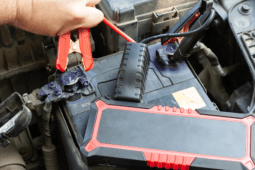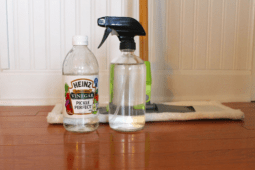What to Do When a Circuit Breaker Keeps Tripping
A circuit breaker that keeps tripping can quickly disrupt your daily routine, leaving you in the dark—literally. Breakers trip to protect your home from electrical overloads, but constant trips suggest an underlying issue that needs attention. From overloaded circuits to faulty appliances, there are several potential culprits. Understanding why this happens and knowing how to fix it can restore safety and peace to your home. Here’s a guide to help you identify and address the reasons behind a repeatedly tripping circuit breaker.
1. Understanding Why Your Circuit Breaker Trips
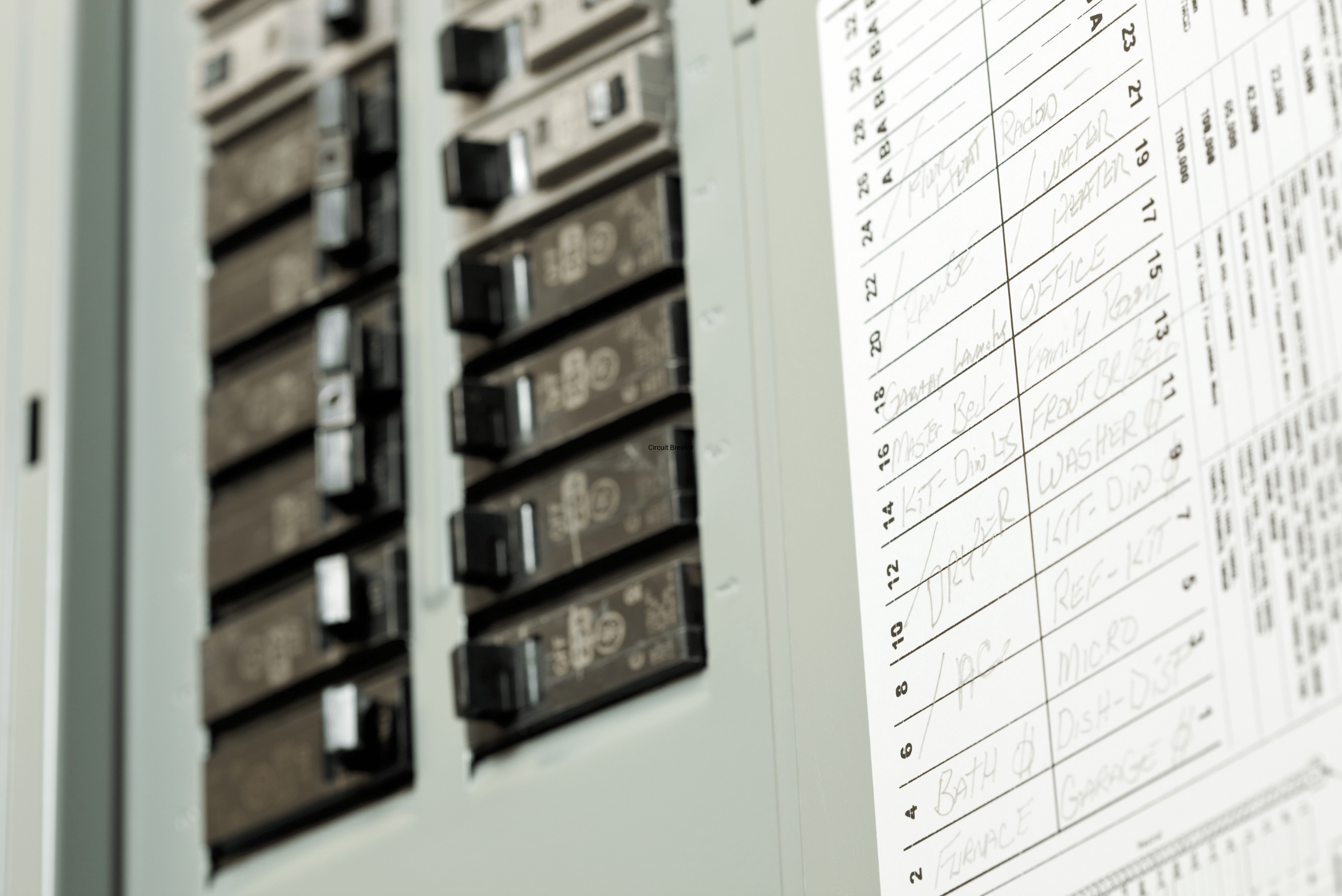
Circuit breakers are designed to cut off electrical flow when they sense an overload, short circuit, or ground fault, which helps prevent fires and damage. An overload occurs when too many devices are drawing power on the same circuit, while a short circuit is typically caused by faulty wiring. Ground faults, which occur when an electrical current unintentionally reaches the ground, are also common. By understanding these reasons, you can approach the problem methodically and prevent future trips.
To determine which of these issues is at play, first check the breaker box for which breaker is tripping. If it’s happening in a specific area or room, you can focus on devices there. Knowing the “why” behind each trip helps you decide on effective fixes rather than temporary band-aids, ensuring your home’s safety.
2. Checking for Overloaded Circuits
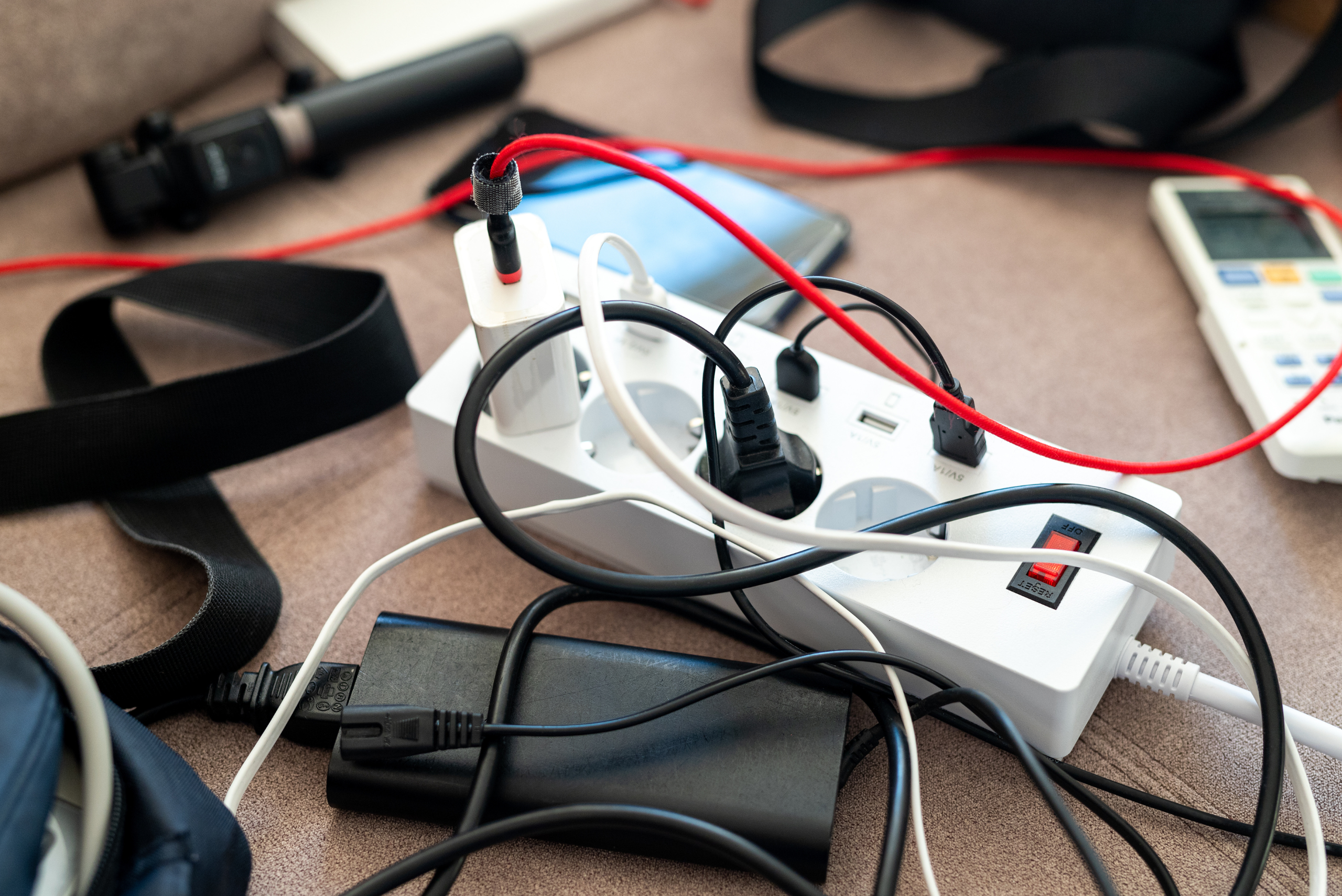
One of the most common reasons a breaker trips is an overloaded circuit. This often happens in areas with high-power devices, like kitchens or living rooms with multiple gadgets plugged in. For instance, plugging in a toaster, microwave, and coffee maker simultaneously could easily exceed the circuit’s limit, causing it to trip.
To test for an overload, unplug some devices and see if the breaker stays on. If it does, try redistributing the appliances to other circuits in your home. Adding new circuits or even upgrading the existing ones can be a long-term solution if you constantly deal with an overloaded breaker.
3. Inspecting for Short Circuits
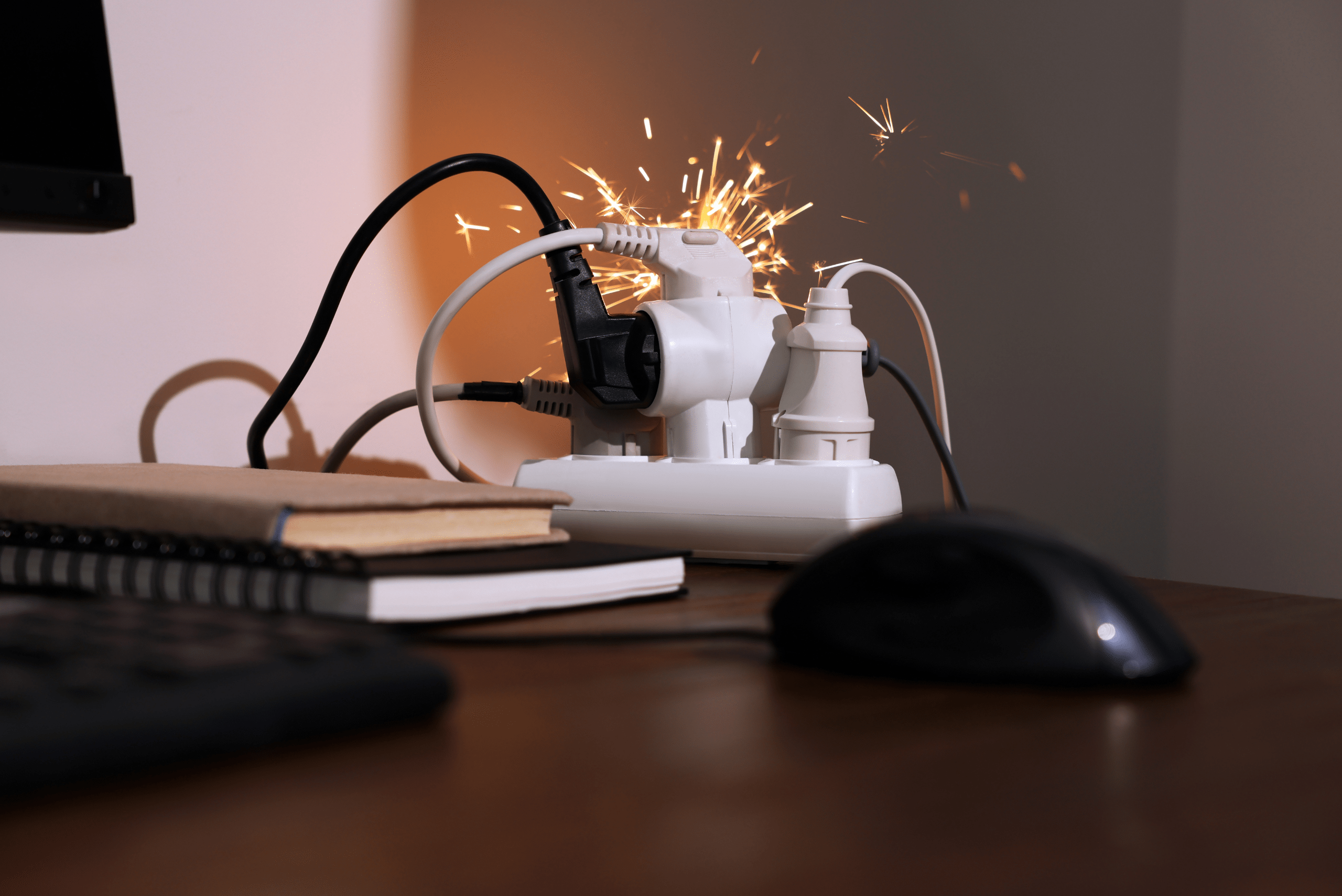
Short circuits occur when a hot wire touches a neutral wire, creating a surge of current that instantly trips the breaker. They can happen due to worn-out wires, damaged outlets, or faulty appliances. A short circuit often produces sparks, smoke, or a burning smell near the breaker or outlet, which signals a serious issue.
If you suspect a short circuit, unplug appliances in the affected area and reset the breaker. Then, plug them back in one at a time to identify the faulty device. For complex wiring issues, it’s best to consult an electrician, as improperly handled shorts pose fire hazards and can result in injury.
4. Testing for Ground Faults
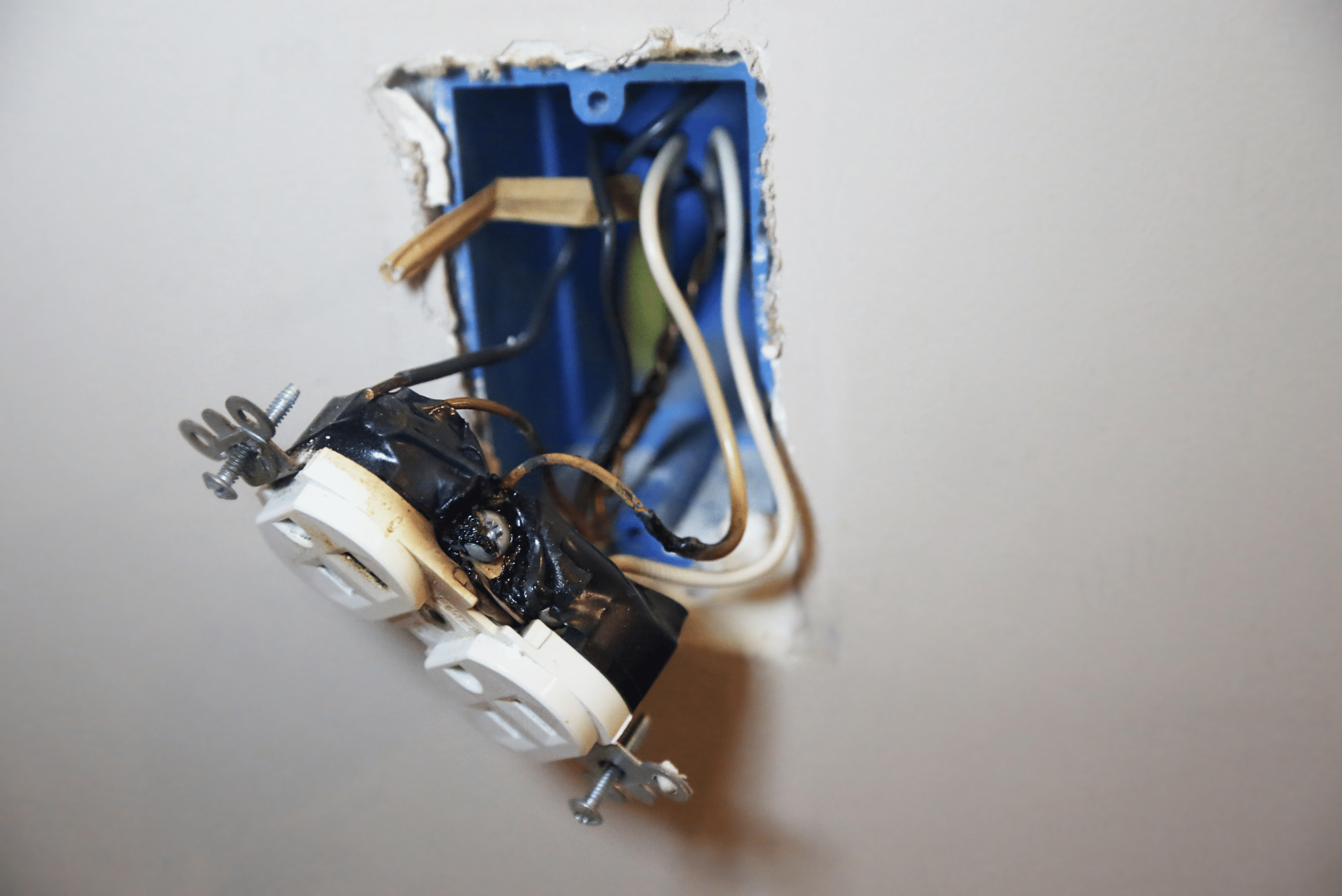
Ground faults occur when electricity strays from the wiring, “grounding” itself through unintended materials. This can happen due to faulty insulation, water exposure, or damaged appliances. You’ll often find ground fault issues in damp areas like kitchens, bathrooms, or outdoors. Ground fault circuit interrupters (GFCIs) are designed to protect you from these incidents, but if a GFCI breaker trips, it usually means there’s an electrical leak.
To locate the ground fault, inspect outlets and cords in affected areas for visible wear or moisture. Reset the GFCI breaker and monitor whether it trips again. For recurring ground faults, consider hiring a professional to inspect for faulty wiring or water damage.
5. Identifying Faulty Appliances
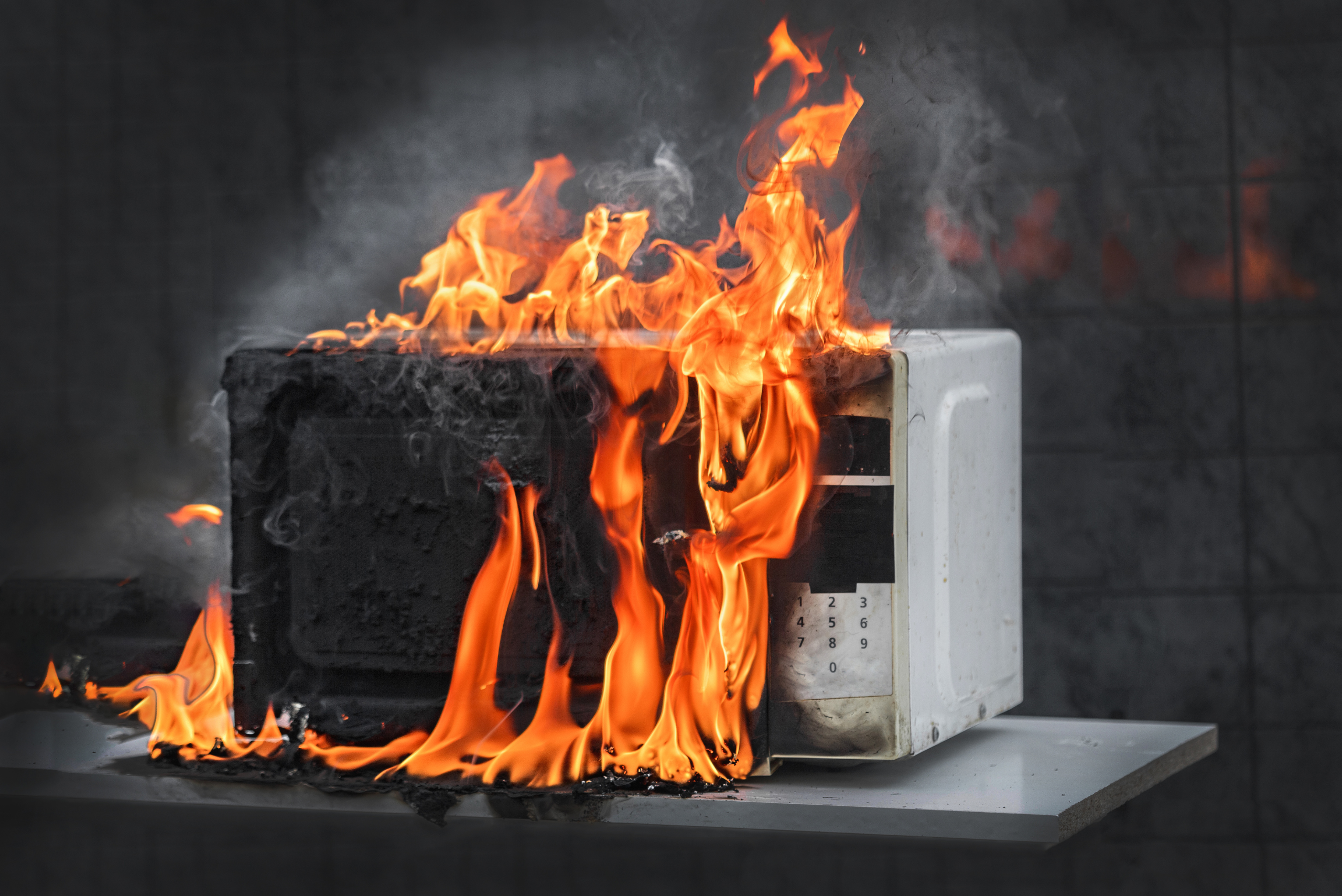
Sometimes, it’s not the circuit itself but rather an appliance causing the issue. Older or malfunctioning devices can draw excessive current, shorting out or overloading the circuit. Appliances like heaters, air conditioners, or even refrigerators often cause issues when they have internal wiring problems or motors that overheat.
To determine if an appliance is the cause, try plugging it into a different circuit. If the breaker trips again, you’ve likely found the culprit. Replacing or repairing faulty appliances not only prevents breaker trips but also ensures you avoid potential electrical fires or shocks.
Related Articles
- How to Use a Voltage Tester for Safe Electrical Work
- The Crucial Differences Between 15-Amp and 20-Amp Outlets
- How to Splice Wires For DIY Projects Around Your Home
A constantly tripping circuit breaker is more than a nuisance; it’s a signal that something within your electrical system needs attention. By methodically checking for overloaded circuits, short circuits, ground faults, and faulty appliances, you can address the root cause safely and effectively. If troubleshooting doesn’t resolve the problem, consult a licensed electrician to ensure your home’s electrical system is secure and functioning properly. Electrical safety is crucial, and proactive fixes can help keep your home safe and powered without unexpected interruptions.




